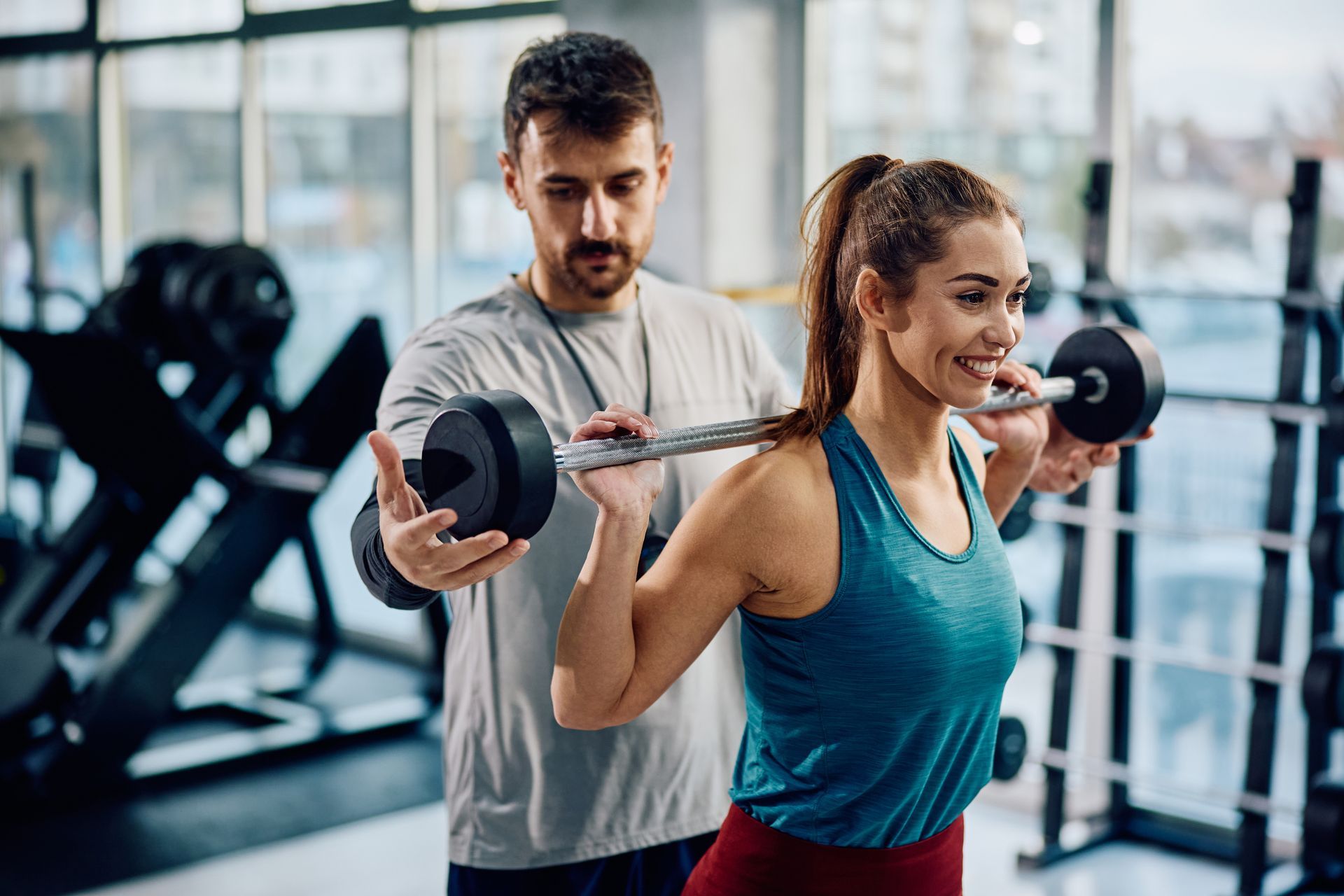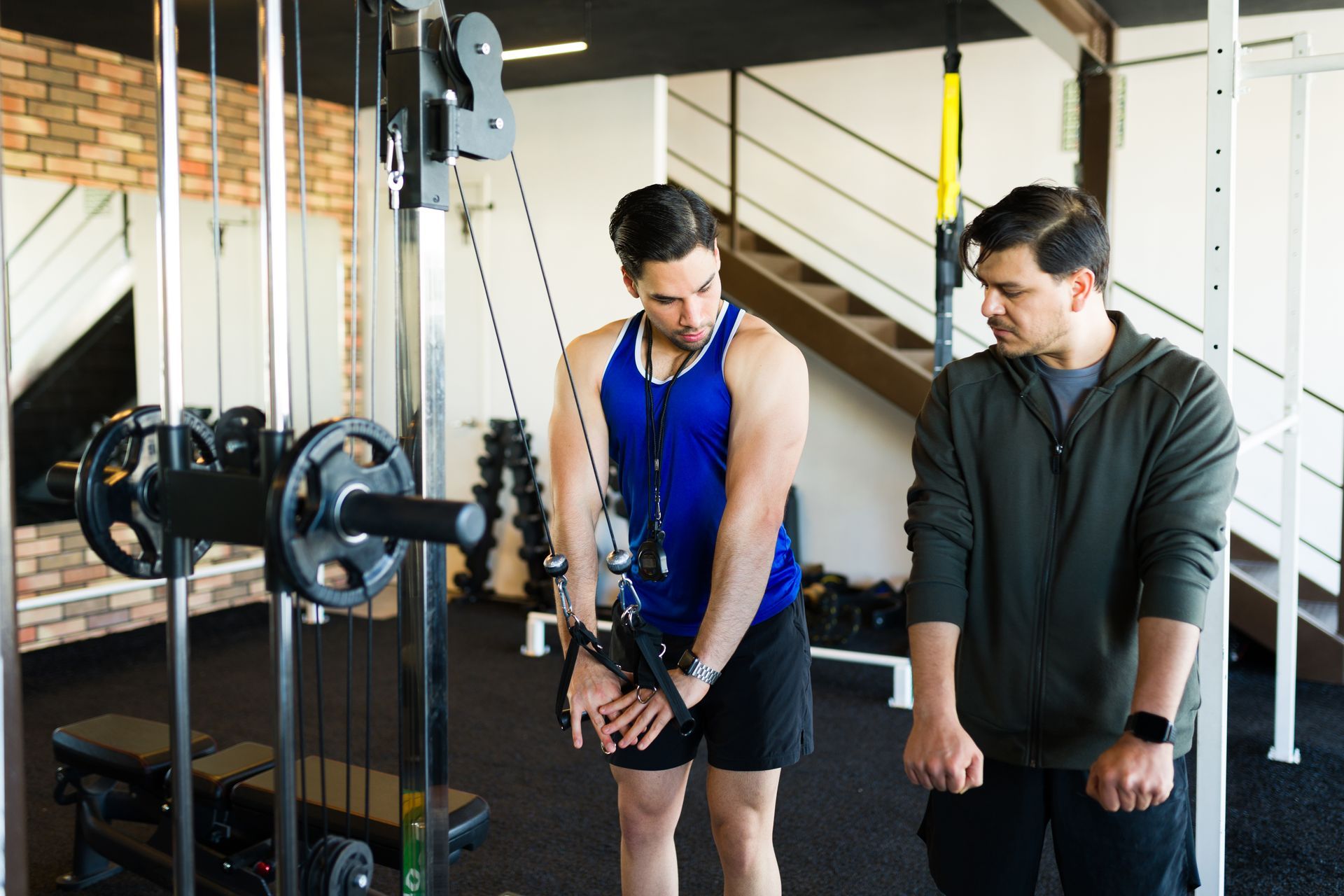December 24, 2020
Determine The Right Division for Your Physique
Determine the Best Division for Your Physique for Female Athletes
BIKINI DIVISION
For females that are on the smaller side in terms of the amount of muscle mass they carry, Bikini might be the division for them. In the Bikini Division, body 'shape' (small waist with well defined glutes and shoulders) is more of a requirement than is size. Competitors will also be judged on the level of balance, proportion, and symmetry displayed in their physique.
Bikini competitors carry a slightly higher level of body fat when compared to other divisions. Competitors might generally range between 10-14% body fat on the day of the show. Remember that this is just an estimate - 10% body fat on one competitor can look very different to 10% body fat on another.
WELLNESS DIVISION
This is a relatively new division and not all organizations offer it. Wellness sits between the slightly less muscular Bikini Division, and the more muscular Fitness Division.
The conditioning expected for Wellness competitors is generally the same as for the Bikini competitors, with the main difference being the muscles development required. Again, 'shape' is a requirement of the Wellness Division, as is the overall presentation of the athlete. If you have a more well-developed lower body (compared to your upper body), this might be the division for you.
FITNESS DIVISION
This division calls for more muscle mass and a higher level of conditioning than the Bikini and Wellness Divisions. This is a division that has completely different requirements depending on the federation.
For example, in one of the rounds of the IFBBFitness Division, competitors are judged on their performance of a routine. Criteria includes strength, flexibility, cardiovascular fitness, creativity, their choice of costume, and overall presentation.
In the WBFF, the Fitness Division does not require a routine, but these competitors will partake in both a 'Bikini' and 'Theme-wear' rounds.
FIGURE DIVISION
Figure competitors are expected to have a more developed muscular appearance, with a lower body fat percentage (showing more muscle definition).
Figure competitors might range anywhere from 8-12% body fat. This division will also have a stronger focus on the athlete's symmetry, balance, and proportion.
Competitors under IFBB/NPC rules will wear a 2-piece figure suit for both the 'Pre-judging' and the 'Finals' while WBFF competitors will have a 'Bikini' and a 'Theme-wear' round.
PHYSIQUE & BODYBUILDING DIVISIONS
These divisions are the more 'extreme' female physique divisions, meaning the competitors are expected to be both more muscular AND leaner than all of the previous divisions. Size, symmetry, and muscularity are all part of the judging criteria.
Unlike the other divisions, competitors are barefoot throughout the judging process (but still wear a 2-piece figure suit). Judging is done through a round of mandatory poses as well as an individual posing routine.
As you move from Physique Bodybuilding, there is less emphasis on 'beauty' as a requirement and more emphasis on a conditioned, striated physique.
Along with physique, there are some other things that a competitor will be judged on. These include:
- Complexion
- Skin tone
- Hair
- Makeup
- Tan
- Choice of bikini color
- Confidence
- Presentation and posing on stage
- Marketability (if competing with the WBFF)





